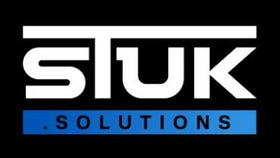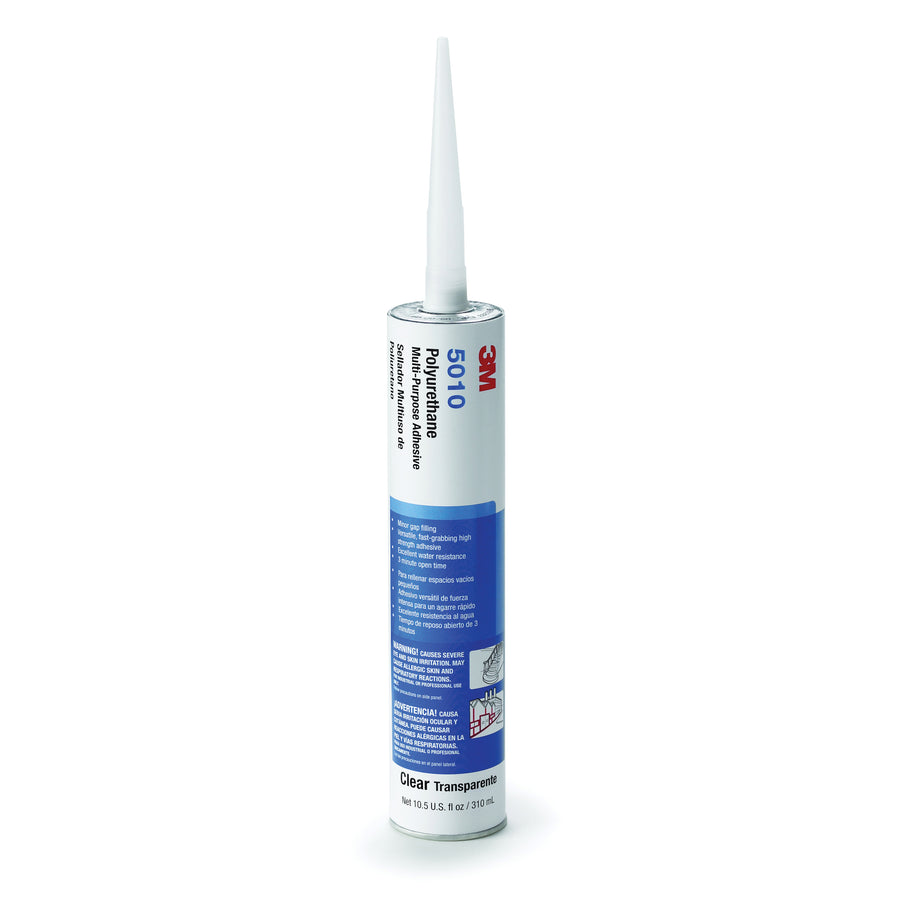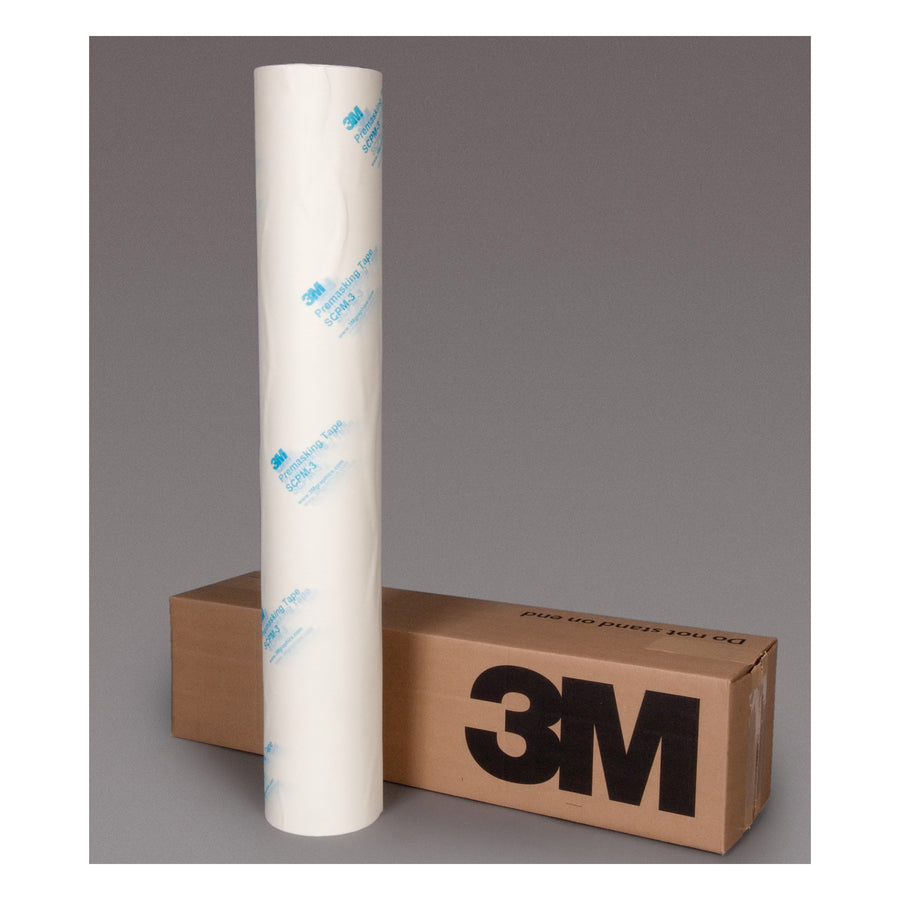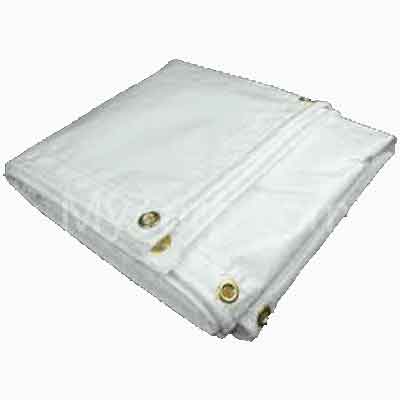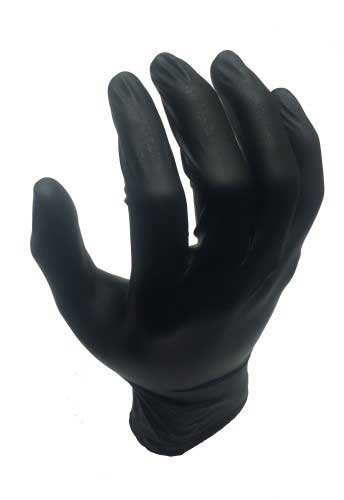
Your Guide to the Different Types of Industrial Adhesives, Sealants, & Tapes
Not Sure Which Industrial Adhesive You Need? Here's Your Guide to Adhesives, Sealants, and Tapes
Choosing the right adhesive, sealant, or tape can make or break your project—literally. While these products all share sticky properties, they’re designed for different applications and are not interchangeable.
Industrial adhesives are engineered by chemists to create strong, lasting bonds, while tapes and sealants serve their own specialized purposes. But how do you know which one is right for your specific project?
In this guide, we’ll break down the differences between industrial adhesives, sealants, and tapes—including trusted options like 3M industrial products—so you can confidently choose the right solution for the job.
What are Adhesive's?
At their core, adhesives are substances engineered to permanently bond two surfaces together. Unlike mechanical fasteners, adhesives form a continuous connection across the entire bonded area, offering a unique combination of strength, flexibility, and precision that traditional methods like screws or nails often can’t achieve.
The Science Behind Adhesives
Adhesives work by interacting at a molecular level with the surfaces they bond. Successful adhesion relies on two primary forces:
- Adhesion – The attraction between the adhesive and the surface material (known as the substrate).
- Cohesion – The internal strength of the adhesive itself, allowing it to hold together under stress.
When applied, adhesives can seep into microscopic pores and irregularities on a surface, creating mechanical interlocking. In many cases, chemical reactions occur—either instantly or during curing—that create strong molecular bonds. The result is a durable, often invisible, joint capable of withstanding a variety of stresses such as heat, moisture, vibration, or load-bearing weight.
Adhesion performance is influenced by surface preparation, temperature, material compatibility, and environmental factors—making product selection and application technique critical in industrial settings.
A Brief History of Adhesives
Adhesives have been used by humans for thousands of years, with the earliest forms dating back to 200,000 BC when natural substances like tree sap and animal glues were used to bind tools and weapons. Ancient Egyptians refined adhesive use in woodworking and papyrus assembly, while the Romans developed more advanced glues from fish, bones, and hide.
The industrial revolution sparked significant advancements, as synthetic adhesives made from rubber, resins, and polymers emerged. By the 20th century, breakthroughs in chemical engineering introduced epoxies, cyanoacrylates (super glue), and pressure-sensitive adhesives—transforming manufacturing, construction, aerospace, and countless other industries.
Today, adhesives are the unseen but critical component behind modern product design, enabling lighter, stronger, and more efficient assemblies across almost every sector.
Why Adhesives Matter in Industry
Industrial adhesives aren’t just about sticking things together—they’re about creating bonds that last under the toughest conditions. Whether it’s bonding metals in aerospace, sealing electronics from moisture, or securing panels in construction, adhesives offer advantages like:
- Reducing weight by eliminating bulky fasteners
- Distributing stress evenly across surfaces
- Protecting materials from corrosion and vibration damage
- Enabling innovative designs that would be impossible with mechanical joining alone
Simply put, adhesives are fundamental to modern manufacturing and design—quietly holding the world together, one bond at a time.

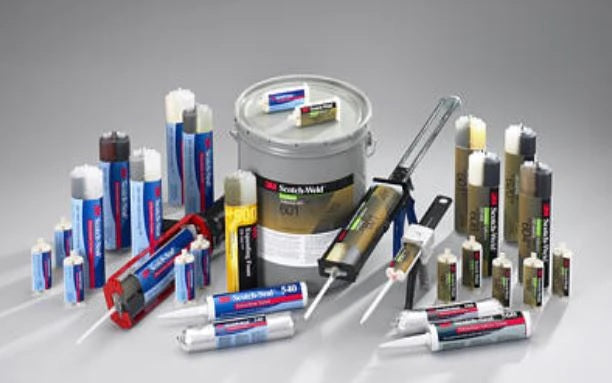
Types of 3M Adhesives
3M’s adhesive products can be grouped into three core categories: Structural Adhesives, Non-Structural (Assembly) Adhesives, and Pressure-Sensitive Adhesives (PSAs).
Each type is designed for specific applications—ranging from high-strength bonding and flexible assembly tasks to instant, on-contact adhesion with tapes and films.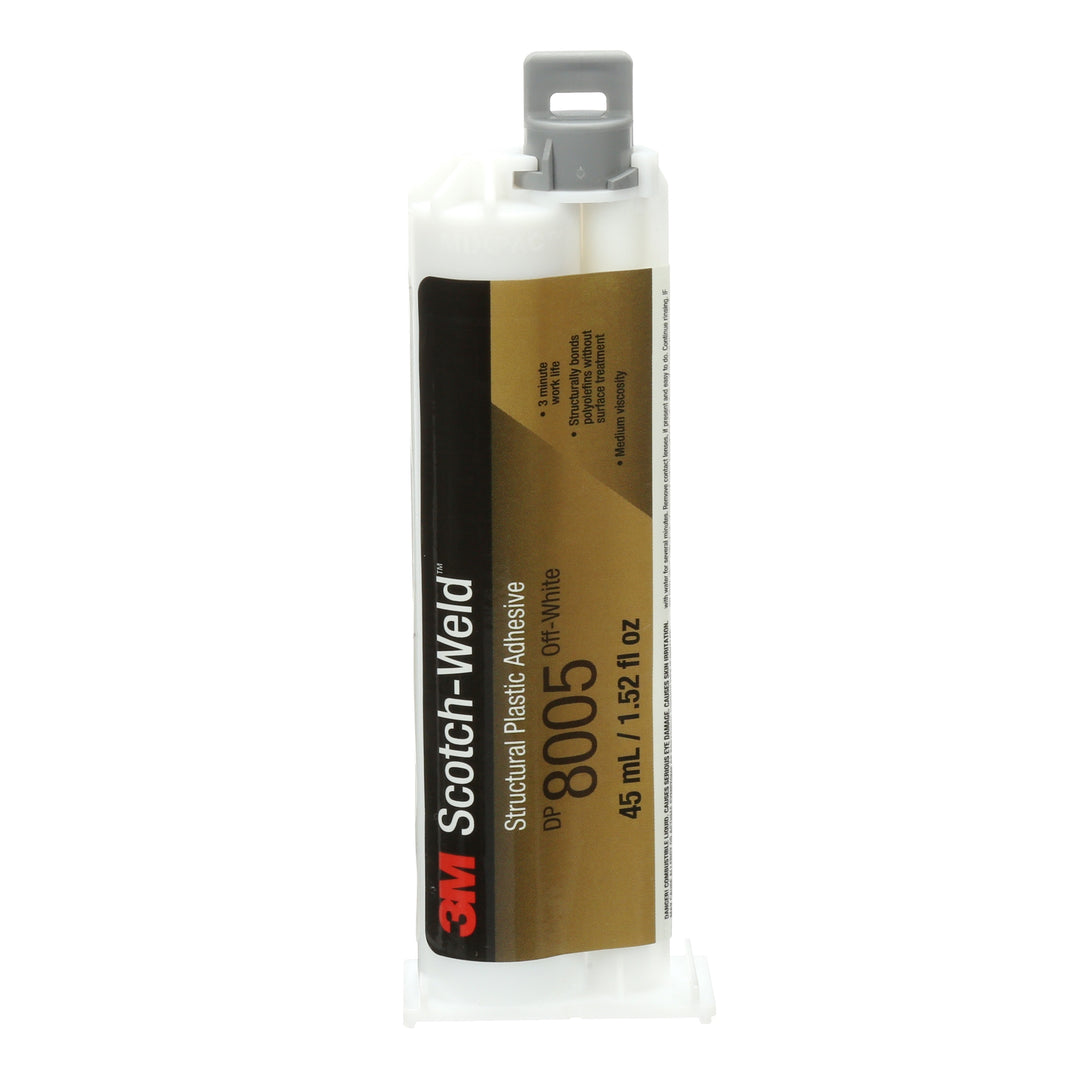
Structural Adhesives
Structural adhesives are high-performance bonding solutions designed for demanding, load-bearing applications. These adhesives form permanent bonds that can withstand significant stress, impact, and environmental exposure—making them a reliable alternative to traditional mechanical fasteners like bolts, rivets, or welds.
What sets structural adhesives apart is their ability to distribute stress evenly across the bonded area. Unlike fasteners that concentrate force at specific points, structural adhesives reduce material fatigue and increase overall joint strength. This makes them especially valuable in industries where weight reduction, durability, and clean aesthetics are essential—such as aerospace, automotive, marine, and construction.
Structural adhesives are typically formulated as epoxies, acrylics, or urethanes, each offering specific advantages in terms of strength, flexibility, and resistance to heat or chemicals. Once cured—through chemical reaction, heat, or time—these adhesives create a rigid, high-strength bond capable of handling everything from dynamic loads and vibrations to extreme temperatures and harsh environments.
In industrial applications, structural adhesives are commonly used for:
- Metal bonding in vehicles, equipment, and structural components
- Composite materials in aerospace and wind energy
- Plastic and dissimilar material bonding where welding isn’t an option
With the right formulation, structural adhesives not only improve performance but also streamline production, reduce assembly costs, and open up new design possibilities—making them a critical tool in modern manufacturing.
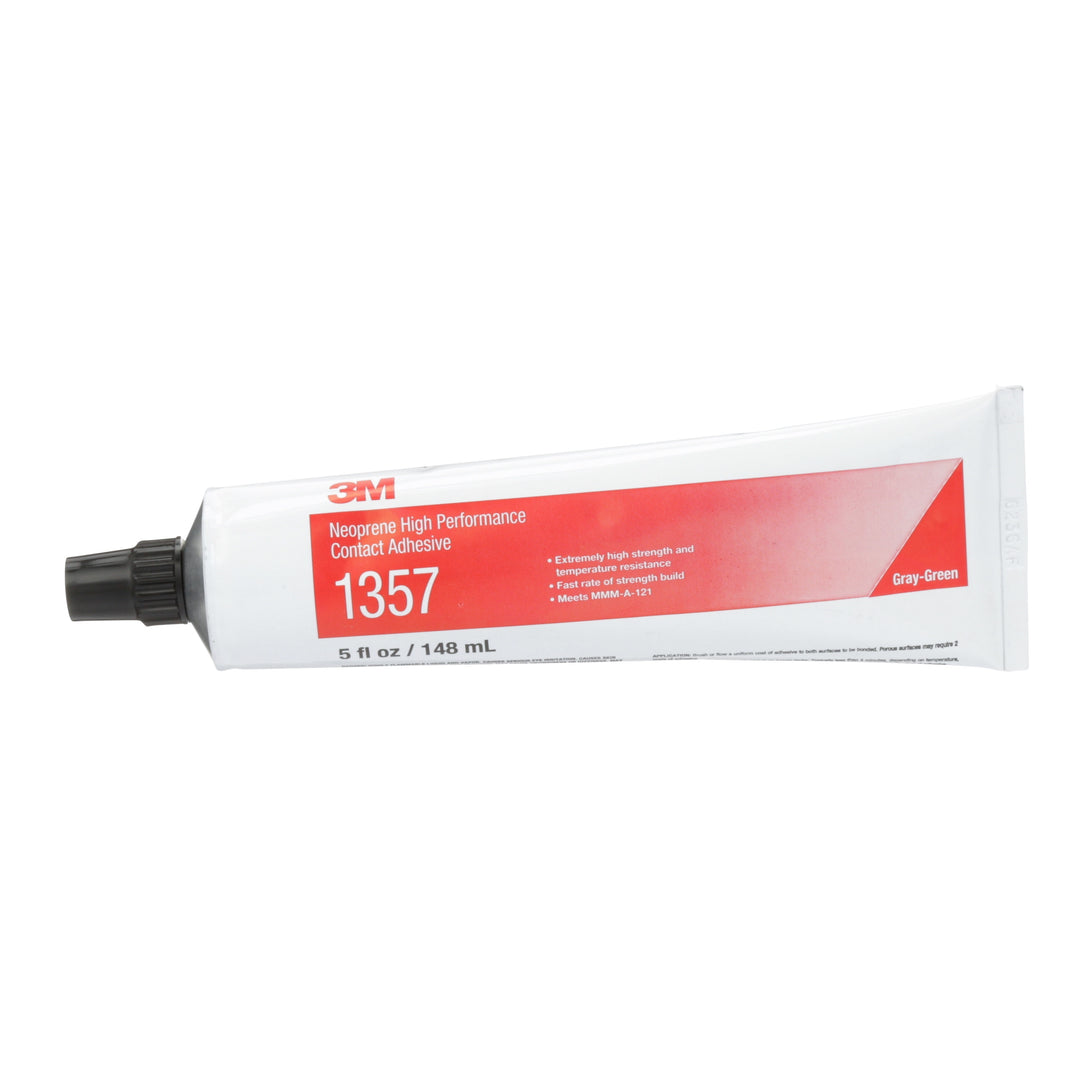
Non-Structural or Assembly Adhesives
Non-structural adhesives—often called assembly adhesives—are designed for general-purpose bonding where flexibility, repositionability, or fast production cycles are priorities. Unlike structural adhesives, these products aren’t intended to bear heavy loads but excel at joining a wide variety of materials quickly and efficiently.
Assembly adhesives provide strong, reliable bonds for day-to-day manufacturing, fabrication, and assembly tasks. They’re commonly used where a combination of tack, flexibility, and ease of use is more important than extreme strength. These adhesives can bond metals, plastics, fabrics, foams, wood, and more—making them incredibly versatile across industries.
What makes assembly adhesives unique is their ability to handle movement, thermal expansion, and vibration without cracking or losing adhesion. Many formulations also allow for repositioning parts during assembly, speeding up production lines and reducing waste.
Common application areas include:
- Furniture and cabinetry
- Electronics assembly
- Signage and displays
- Automotive interiors
- General product manufacturing
These adhesives are available in various forms—liquids, pastes, sprays, and aerosols—and often cure by evaporation, heat, or moisture. Rubber-based adhesives, contact adhesives, polyurethanes, and silicones all fall into this category.
Non-structural adhesives may not be designed for heavy-duty load-bearing tasks, but they are essential in delivering speed, efficiency, and flexibility in countless industrial and commercial applications.
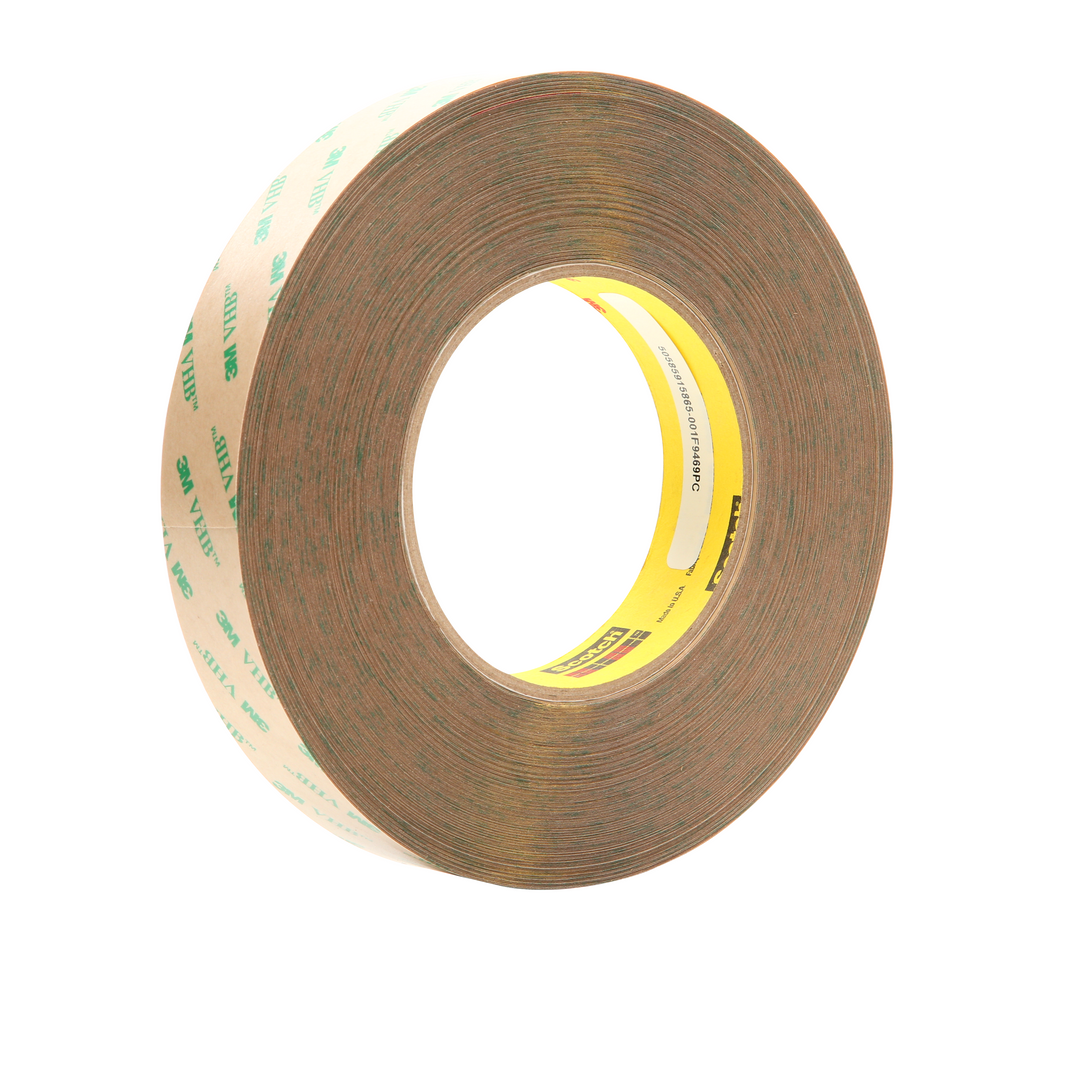
Pressure-Sensitive Adhesives (PSAs)
Pressure-sensitive adhesives, or PSAs, are unique adhesive systems designed to form an instant bond with light pressure—no heat, water, or curing required. Found in products like tapes, labels, and films, PSAs are engineered for ease of use, versatility, and consistent performance across a wide range of surfaces and materials.
PSAs stay permanently tacky and bond simply by being pressed against a surface. Their strength comes from a delicate balance of adhesion (to the surface) and cohesion (internal strength of the adhesive layer). This allows them to create a secure bond without mechanical fasteners or complex application processes.
What sets PSAs apart is their wide range of formulations—some designed for permanent bonding, while others are removable or repositionable without damaging the surface. Advanced acrylic PSAs offer excellent resistance to UV, temperature extremes, and aging, while rubber-based PSAs excel in high-tack applications requiring quick, aggressive bonding.
Typical industrial uses of PSAs include:
- Mounting and bonding panels or signs
- Protective films and surface guards
- Labels, decals, and nameplates
- Double-sided tapes for electronics, automotive, and general assembly
One of the most well-known examples of PSA technology is 3M’s VHB™ (Very High Bond) tapes—capable of replacing rivets and welds in many structural applications.
PSAs offer a clean, efficient, and often invisible bonding solution ideal for high-speed production, lightweight designs, and projects requiring flexibility or aesthetic appeal.
Key Factors to Consider When Choosing an Adhesive
Selecting the right adhesive goes beyond just picking a product labeled for your material. Industrial adhesives are engineered with specific properties that impact performance, durability, and long-term reliability. Understanding these factors ensures the adhesive performs as expected in your application.
Here are some of the most important considerations:
1. Substrate Compatibility
Not all adhesives bond well to every surface. Metals, plastics, glass, wood, and composites each interact differently with adhesives. Choosing a formulation designed for your specific materials is critical for a strong, lasting bond.
2. Environmental Resistance
Consider the conditions the adhesive will face once applied:
- Temperature extremes
- Moisture and humidity
- UV exposure
- Chemical contact
The right adhesive should maintain its bond without degrading under these stresses.
3. Mechanical Strength and Flexibility
Assess the type of stress the adhesive joint will encounter:
- Shear, peel, or tensile loads
- Vibration and movement
- Impact or shock
Some adhesives cure rigid and strong, while others maintain flexibility to handle movement without cracking.
4. Glass Transition Temperature (Tg)
Tg is a critical property of polymer-based adhesives. It marks the temperature at which the adhesive shifts from a hard, glassy state to a softer, rubber-like state.
For structural adhesives, the Tg should be significantly higher than the operating temperature of your application to prevent bond failure. If the adhesive softens in service, it can lose strength or creep under load.
5. Application Process & Curing Requirements
Each adhesive has specific requirements for application and curing:
- Does it need heat, pressure, or special equipment?
- How fast does it set or cure?
- Is it suitable for high-volume production or field use?
6. Aesthetic and Weight Considerations
In industries like automotive, electronics, or consumer goods, adhesives often replace mechanical fasteners to reduce weight, improve appearance, and enable sleeker designs.
Why This Matters:
Factoring in these elements helps you choose the right adhesive that not only bonds your materials but also performs reliably in real-world conditions. Whether you're designing for strength, flexibility, speed, or aesthetics, understanding these properties ensures your adhesive solution supports your project’s success.
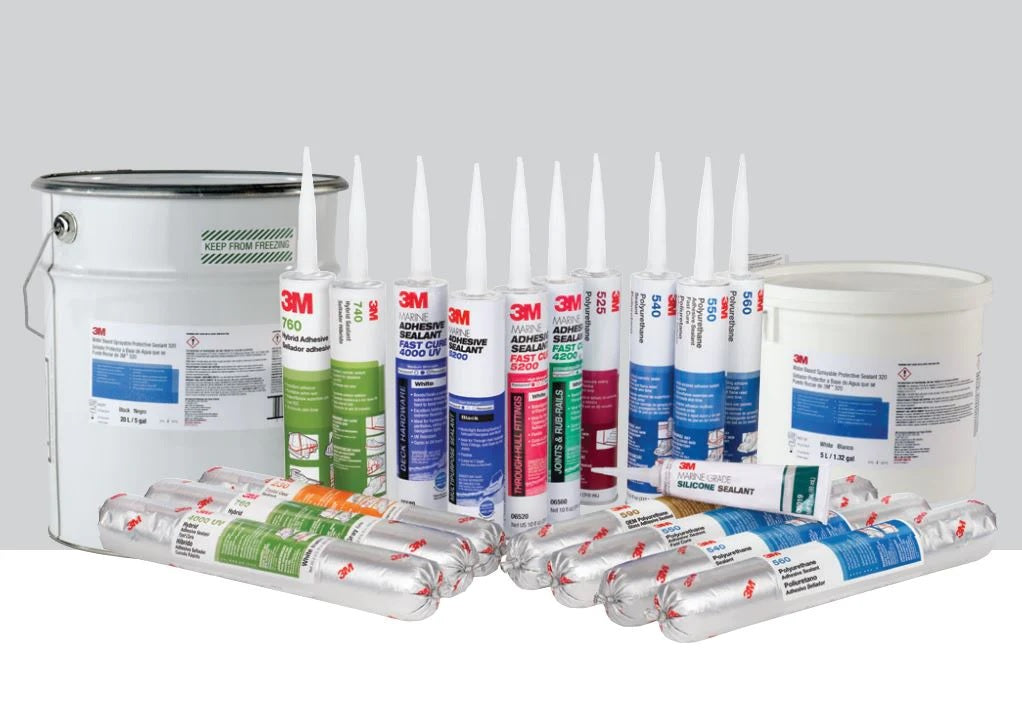
Types of Sealants
Much like adhesives, industrial sealants come in a wide range of formulations, each designed for specific applications and performance needs. From filling gaps and preventing leaks to providing flexibility and environmental protection, the best sealant is the one matched to your project’s materials and conditions.
In the following section, we’ll break down the most common types of sealants and where they’re used.
Choosing the right sealant depends on the materials, environment, and performance demands of the project. Below is an overview of some of the most common sealant types used in industrial and construction applications:
Acrylic Sealants: Acrylic sealants are commonly used in both interior and exterior applications due to their UV stability and resistance to shrinkage. They perform well in environments exposed to sunlight and can be painted once cured. However, they are generally less flexible than other sealants and may require skill during application. Acrylics are ideal for sealing around windows, doors, and trim where movement is minimal.
Butyl Sealants: Butyl sealants provide excellent moisture resistance and adhesion to a wide variety of surfaces, including metal, glass, and plastics. They remain flexible but can be stringy and difficult to apply cleanly. Butyl’s limited movement capability makes it less ideal for joints that experience significant expansion or contraction. It is commonly used for roofing, metal building joints, and HVAC systems.
Water-Based Latex Sealants: Latex sealants are a popular choice for residential use thanks to their ease of application, paintability, and low odor. They bond well to most surfaces and are easy to clean up with water. However, latex sealants can shrink as they dry, potentially leading to gaps over time. They are best suited for interior use, such as sealing gaps in drywall, trim, and molding.
Silicone Sealants: Silicone sealants are valued for their superior flexibility, temperature resistance, and long-lasting performance. They bond well to non-porous surfaces like glass and metal, making them ideal for weatherproofing and air sealing. While silicone is highly durable and UV resistant, it is difficult to paint or stain and can attract dirt over time. It is often used in windows, glazing, kitchens, bathrooms, and exterior sealing applications.
Polysulfide Sealants: Polysulfide sealants are known for their excellent chemical resistance and long service life—often lasting 10 to 20 years. They perform well even in extreme conditions, including underwater applications and areas exposed to UV radiation. However, they tend to be more expensive and contain higher levels of volatile organic compounds (VOCs), making them less common in general construction. They’re typically used in marine, aerospace, and industrial environments.
Polyisobutylene (PIB) Sealants: Polyisobutylene is a rubber-like sealant valued for its low permeability and chemical resistance. It is commonly used in insulating glass units (IGUs) as a primary seal to prevent moisture and gas leakage. Typically applied in factory settings, PIB sealants provide excellent durability but are not designed for dynamic joints or general-purpose sealing.
Polyurethane Sealants: Polyurethane sealants are a popular choice for demanding applications due to their strong adhesion, flexibility, and resistance to abrasion and weathering. They bond well to a wide range of surfaces with minimal surface preparation and remain durable under mechanical stress. Polyurethanes are commonly used in construction, automotive, and marine industries for sealing joints, panels, and seams.
Frequently Asked Questions About Industrial Adhesives & Sealants
Adhesives are designed primarily to bond two materials together with strength and durability. Sealants fill gaps and prevent the passage of air, water, or other substances, often while allowing flexibility.
Tapes are adhesives applied to a backing material, offering easy application and instant bonding, often used for mounting, sealing, or protection.
Yes, in many cases. Structural adhesives are designed to create load-bearing bonds that replace or reduce the need for fasteners. They distribute stress evenly and allow for lighter, cleaner, and more aerodynamic designs in industries like automotive, aerospace, and construction.
Tg is the temperature at which an adhesive or sealant changes from a hard, glassy state to a soft, rubbery state. For structural adhesives, it’s critical that Tg is well above the operating temperature to maintain strength and avoid failure under load.
Epoxy-based structural adhesives are often the best choice for bonding metals due to their strength, chemical resistance, and ability to withstand high temperatures.
For faster, less permanent applications, acrylics or tapes like 3M™ VHB™ can also work well.
Many industrial sealants are designed to be waterproof, but performance varies by type. Silicone, polyurethane, and butyl sealants provide excellent moisture resistance and are commonly used in waterproofing, roofing, marine, and window applications.
Yes—advanced products like 3M™ VHB™ Tapes are engineered for high-strength bonding and can replace welding or riveting in certain applications. They provide clean aesthetics, vibration dampening, and strong performance when used correctly.
Key considerations include:
- Material compatibility
- Environmental exposure (UV, chemicals, moisture)
- Required strength and flexibility
- Application method and curing time
- Temperature range during and after application
Yes. Both can degrade, soften, or crack if exposed to temperatures outside their design range.
Always check the product specifications for operating temperature limits and ensure the Tg or flexibility rating fits your environment.
It depends on the type. Acrylic and polyurethane sealants are typically paintable once cured.
However, silicone sealants are generally not paintable and may require a special primer if paint coverage is needed.
Longevity depends on the product and environment. Silicones, polyurethanes, and epoxies can last 10–20 years or more when applied correctly.
Factors like UV exposure, temperature changes, and mechanical stress can affect lifespan.
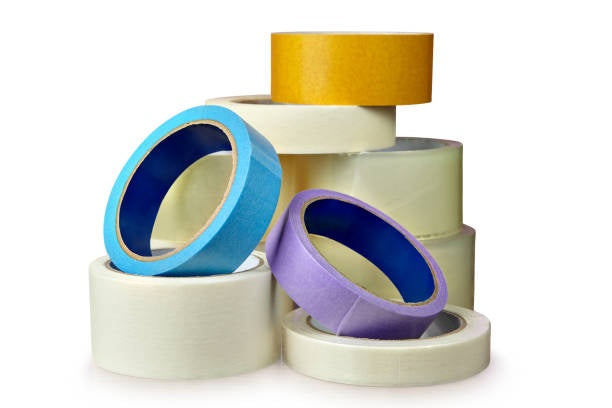
Types of Tape
Not all adhesive tapes are the same. This is why we do not wrap duct tape around a hockey stick handle. After all, duct tape isn't the same as hockey tape.
Industrial tapes serve a wide range of purposes—and not every tape works for every job. That’s why you wouldn’t wrap a hockey stick handle with duct tape or seal HVAC systems with electrical tape. Each tape is engineered with specific properties designed for particular tasks, materials, and environments.
Understanding Industrial Tape Categories
Industrial tapes generally fall into three main categories:
- Adhesive Tapes – Designed for bonding materials together
- Specialty Tapes – Engineered for specific industrial applications (heat resistance, static control, etc.)
- Non-Adhesive Tapes – Serve functional roles like sealing or insulating without a sticky surface
For example, non-adhesive tapes include Teflon (PTFE) tape used in plumbing or anti-static tape used in electronics manufacturing.
Adhesive Tape Characteristics
Choosing the right industrial tape requires understanding the job at hand. Key factors include:
- Material compatibility
- Surface texture (smooth, rough, porous)
- Required strength and flexibility
- Environmental exposure (heat, moisture, UV)
- Thickness, width, and adhesive strength
Industrial tapes are designed with these characteristics in mind to ensure reliability in specific conditions.
Common Types of Industrial Tape
✅ Single-Sided Adhesive Tape
- Adhesive is applied to one side only
- Commonly used for packaging, insulation, surface protection, and masking
✅ Double-Sided Adhesive Tape
- Adhesive coatings on both sides for bonding two surfaces together invisibly
- Popular in mounting, signage, electronics, and automotive trim applications
✅ Transfer Tape
- A thin adhesive layer with no carrier or backing
- Applied by peeling away the liner and transferring the adhesive directly to the surface
- Ideal for precise bonding tasks like labels, graphics, and lightweight materials
✅ Non-Adhesive Tape
- No sticky surface, but serves specific sealing, wrapping, or insulating functions
- Examples include Teflon tape for thread sealing and anti-static tapes used in electronics
Adhesive Chemistry and Surface Compatibility
Every industrial tape is rated for specific surfaces and applications. Adhesive chemistry affects how well a tape bonds to materials like glass, metal, plastic, or concrete.
For example:
A general-purpose tape might stick perfectly to metal but fail on rough concrete.
Acrylic adhesives perform well in outdoor or UV-exposed environments, while rubber-based adhesives excel in indoor applications requiring quick tack.
Always check the tape’s material rating to ensure the right match for your surface and project needs.

A bit about how we help!
Challenged to make your products and processes better? This has long been the concern for manufacturers and production creatives alike.
At STUK Solutions we take pride in being able use product science & technology to improve your project.
Whether you require: Improved strength, better flex or fit, a specific style, form or feel, or are contending with weight, speed or assembly issues . . .
We can help find that lasting fix.

